Sony 300mm GM for birds
The Sony 300mm GM lens has superb image quality and fast, precise autofocus. The lens's lightweight design, excellent performance with teleconverters and wide aperture of f/2.8 allows for stunning bokeh and excellent low-light performance.
Sony 200-600G, 300GM (with 1.4 teleconverter attached), 70-200GMII
300mmGM vs 200-600G
I think it’s hard to compare these two lenses. But as the 300GM is going to be a direct replacement of my 200-600G I will outline my reasons for making this decision below.
Why did I buy a 300mm f/2,8 prime lens?
Sharp, fast, good in low light, portable, well-balanced, and lightweight—these were my main reasons for upgrading to this lens. It allows for much better results in low-light situations, which are common when photographing birds in dark forests and dense bush here in New Zealand.
Why not a 400m or a 600mm?
Well, first off … price! The Sony 400mm and 600mm are more your go to wildlife professional level primes and come with a price tag to match. Not that the 300mm is cheap, but it is ‘cheaper’.
Portability
The more I thought about it, the more I wanted a lens that was easy to travel with, wouldn't break my back on long hikes, and didn’t require a tripod, but still had the image quality of a high-end prime.
Versatility
As outlined below, the 300GM despite being a fixed focal length is very versatile while being able to slap on or off a teleconverter and jump in and out of APSC mode as needed, effectively giving you a 300 f/2.8, 420 f/4, 600 f/5.6 all in one.
Waxeye 300GM + 1.4x Teleconverter, apsc mode, iso 2000 1/320s
1.4X Teleconverter
I bought this lens knowing I would likely end up having a teleconverter attached to it 90% of the time. Reviews have praised how well the teleconverters perform on the 300GM, and I’m happy to say I’ve had great results too. With the 1.4 Teleconverter the 300 f/2.8 becomes a 420mm f/4 lens. The photo to the left of a small Wax eye bird was shot with a 1.4 teleconverter.
2.0X Teleconverter
I am yet to test this combo, but I have the 2x on order and will report back results as soon as I’ve given it go. My expectation (and hope) is that at f/5.6 600mm the image quality (IQ) will be better than the 200-600.
Waxeye 300GM + 1.4x Teleconverter, apsc mode, iso 1600 1/1000s
APSC mode
I really love this feature, Being able to crop in and out and frame up a shot within the camera, plus with the high pixel count of the Sony A1 or R Series cameras, this is a great addition to your bag of tricks. Especially for small birds! Cropping in Lightroom also is very forgiving as the image quality is just that good.
Little Pied Shag 300GM f/4 with 1.4X Teleconverter iso 400 1/640s
Prime vs Zoom
This is my first telephoto prime, but for the most part I shot everything at either 400mm or 600mm on my 200-600 and not much in between. It’s also a little smaller and lighter than the 200-600G allowing for easy handheld movements making it quick to find your subject.
Bag choice
I've been using the Manfrotto PRO Light Front Loader 16L Camera Backpack (Medium) for the past couple of years for my 200-600G lens. This bag also fits the 300GM with a 1.4 teleconverter attached and the hood on—though only just. Reversing the hood or removing the teleconverter makes for a much easier fit. The bag itself is fantastic, and I highly recommend it.
Verdict
So far, so good—I’m really pleased with the upgrade. If I were primarily shooting shorebirds or spending hours in a hide, a 600mm lens would be a much better option. But that’s just not my shooting style. I prefer a lens that is lightweight, easy to transport, and versatile enough for walk-around use. The 300GM fits the bill perfectly. It offers the perfect balance of portability and performance, making it ideal for my birding adventures. If you’re like me and need a high-quality lens that won’t weigh you down or limit your mobility.
What I don’t like
Disclaimer: I’ve only had the lens for a couple of days so I don’t have anything bad to say yet, my only annoyance is the lens doesn’t come with the little latch on the lens to add your camera strap (as pictured on the 200-600). Not a big deal!
In summary, the 300GM has proven to be a versatile and practical addition to my gear, offering superior image quality and ease of use. If you’re looking for a telephoto lens that combines performance with portability, this one is definitely worth considering.
Follow me on instagram for more shots with the 300GM coming soon
















